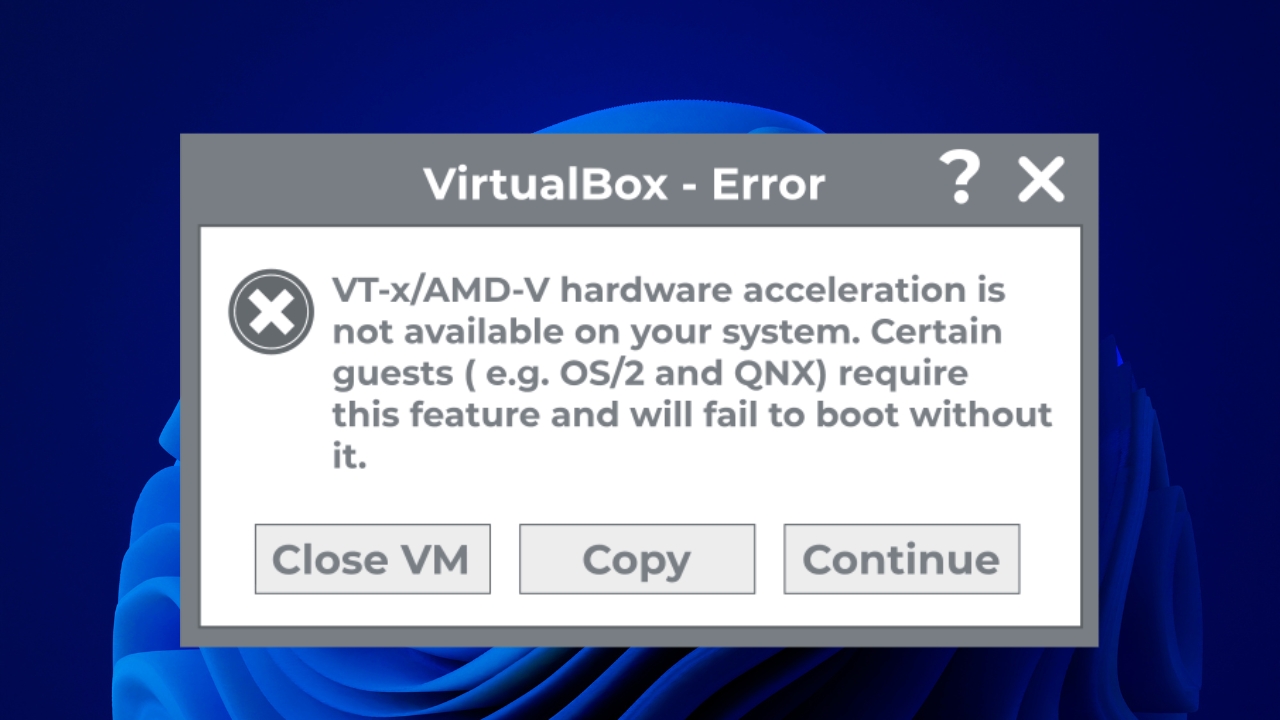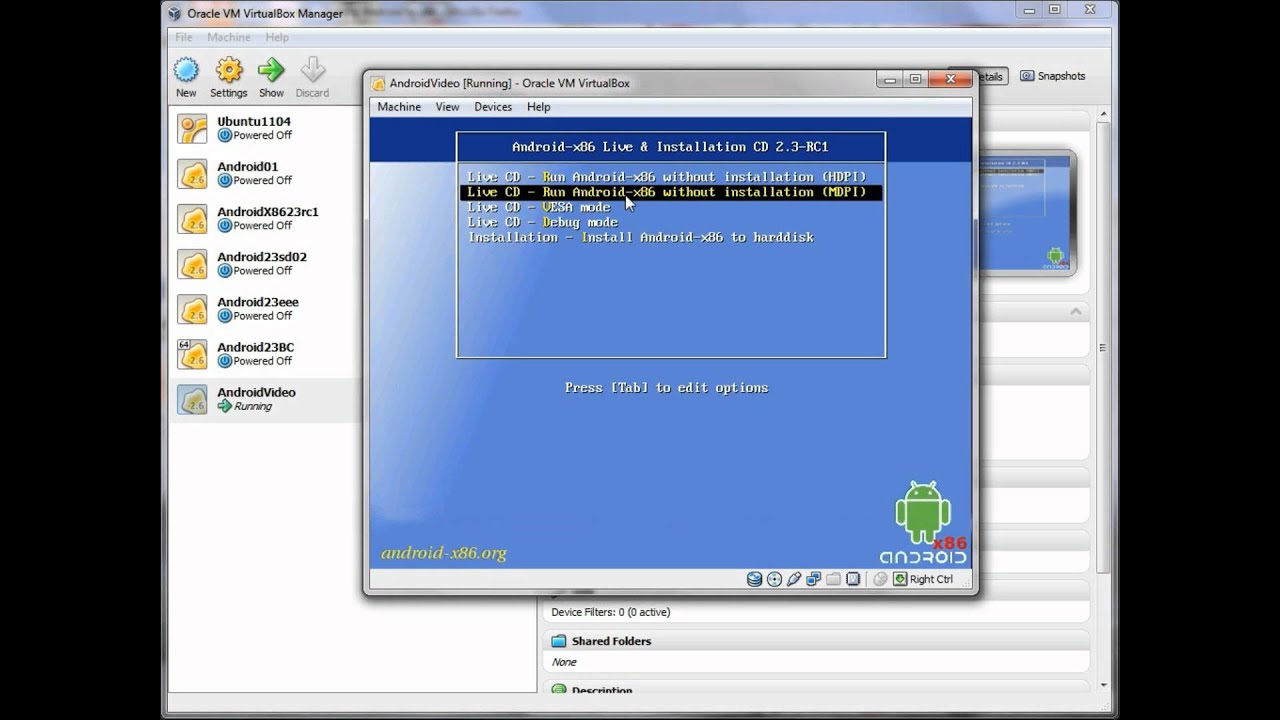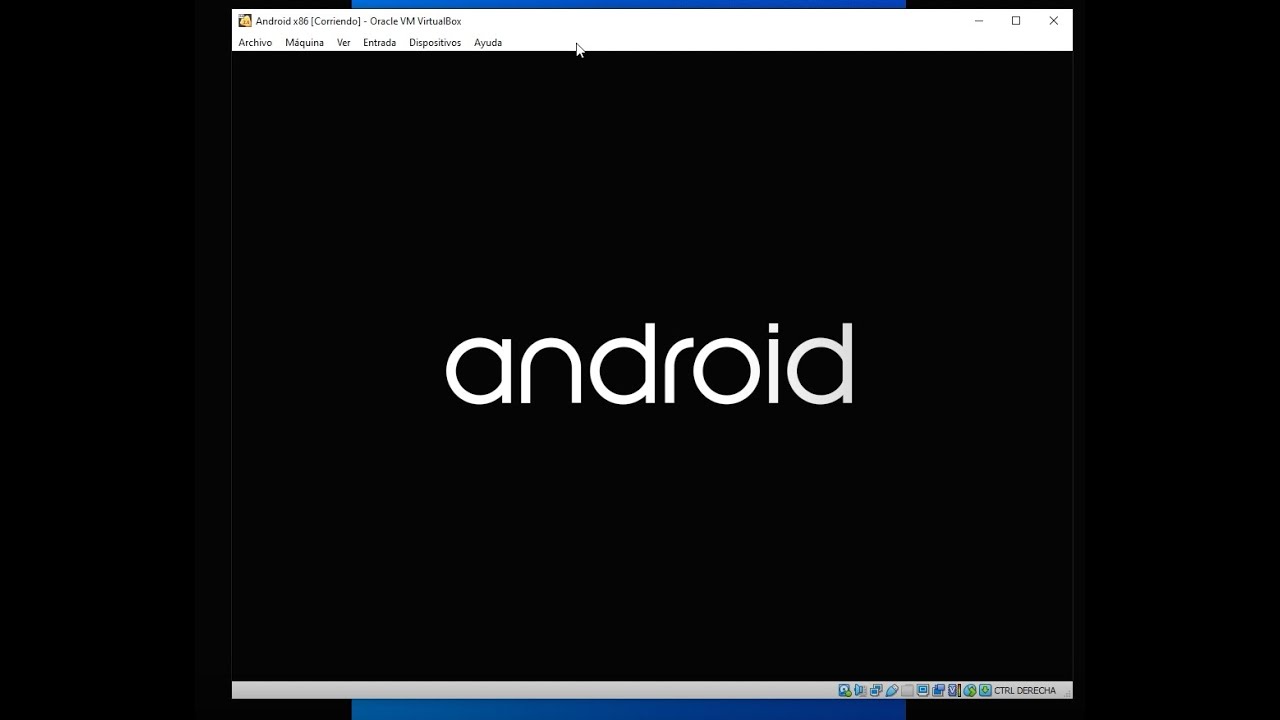- Android‑x86 runs well in VMs with 2 GB RAM, 8–16 GB disk, and 2-thread CPU.
- VirtualBox and VMware require video and GRUB settings; on VMware, 'nomodeset xforcevesa' helps.
- WSA, Android Studio and Phoenix OS are alternatives depending on the objective and resources.
- Virtualization offers security, snapshots, and convenience compared to installing natively.
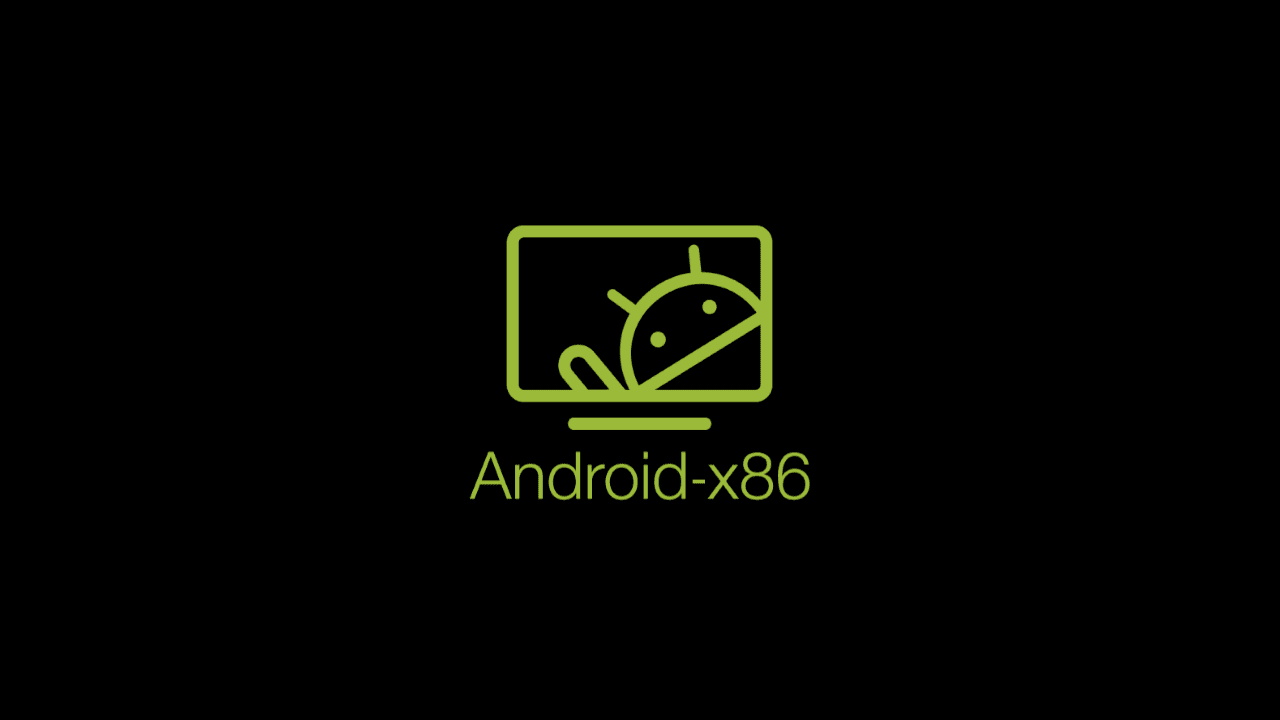
Test Android on PC with a virtual machine It's a fantastic idea when you want to run apps mobile devices without touching your main system. With VirtualBox or VMware, you can set up Android-x86 in minutes, run tests, create snapshots, and if anything goes wrong, roll back without any drama.
In this guide we unify Everything you need to install Android-x86 on VirtualBox and VMware, with recommendations from hardware, supported versions, installation steps, and solutions to common problems (black boots, display adapters, GRUB, network, etc.). You'll also see alternatives like WSA, the Android Studio emulator or Phoenix OS, and when it pays to virtualize versus install natively.
What is Android‑x86 and why virtualize it on your PC?
Android‑x86 is a port of Google's operating system to x86/x64 architectures designed to run on computers and Virtual machinesUnlike official Android images (oriented towards ARM), this project adapts the kernel, drivers, and framework for PCs.
However, there are limits: The included drivers are smaller than in Windows o Linux desktop, so some hardware (graphics, audio, Wi‑Fi, touch) can be a challenge. In addition, you will not have OTA updates and some apps may fail to detect an uncertified environment or because they rely on Google Play Services and physical sensors (accelerometer, gyroscope, GPS).
The great advantage of virtualizing is that You lose very little performance with modern virtualizationYou can run Android and Windows at the same time, isolate risks, and share resources. Installed on a physical disk, it may perform slightly better. but you give up comfort and immediate “undoing” that the snapshots give you.
If your goal is develop, test apps, or use mobile tools on your PC, a VM is the ideal playground. For demanding gaming, Graphics performance and compatibility can be a barrier, although for light games and productivity apps it is usually sufficient.
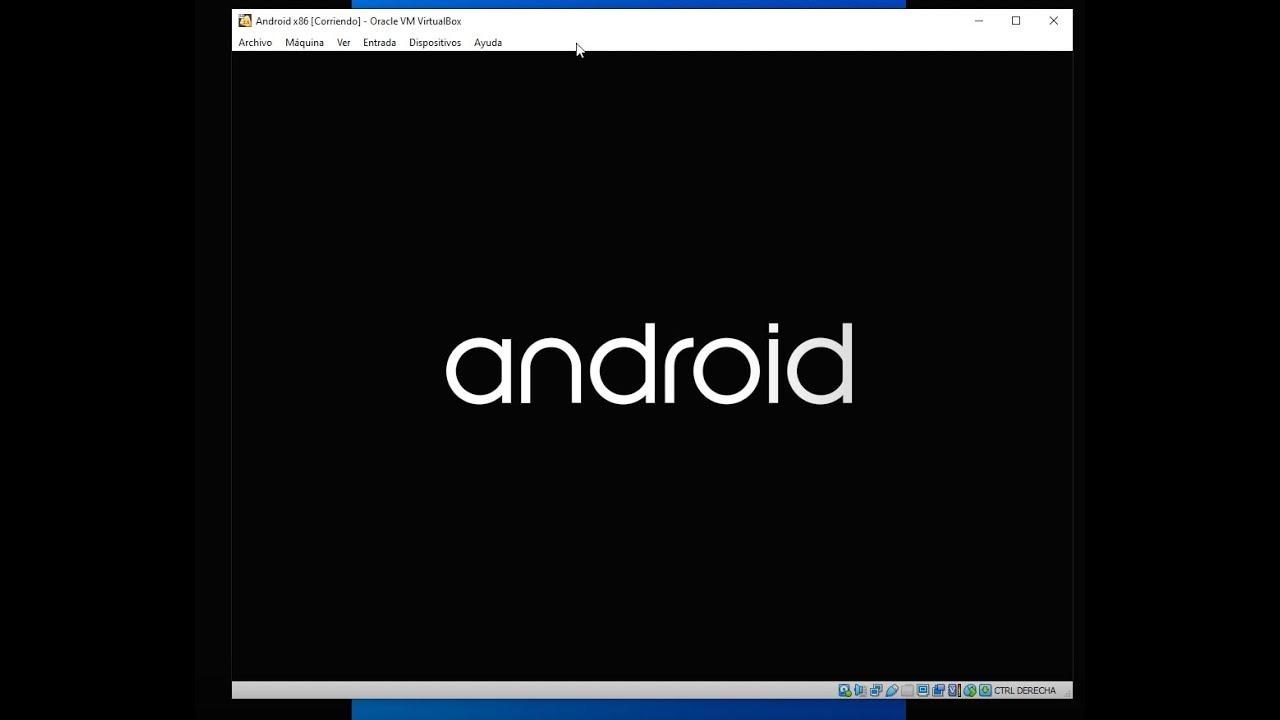
Requirements and recommended Android‑x86 versions
For a smooth experience, points to a PC with active hardware virtualization (Intel VT‑x/AMD‑V in BIOS/UEFI) and enough memory. Android‑x86 is lightweight, but when running two systems at once, the more RAM, the better.
Typical recommendations for VirtualBox/VMware: 2 GB RAM (minimum), 8–16 GB virtual disk, 2 or more threads CPUIf your computer has plenty of RAM, you can allocate more; if you're short, don't go overboard so as not to overwhelm the host.
Common supported versions of the project: Android 7.1 (Nougat), 8.1 (Oreo), 9 (Pie), and experimental builds of Android 10 and 11. In general, many guides agree that 8.1 and 9 are the most stable and with improved keyboard, mouse, Wi‑Fi, and external display support.
If you are looking for the latest, always check the release notes on the official website or repositories like GitHub to confirm compatibility with your hardware and any known bugs before downloading the ISO.
Note that If your CPU does not support 64-bit or your environment prevents it, you'll need to use the 32-bit ISO. The VM can't take advantage of resources that your hardware doesn't have.
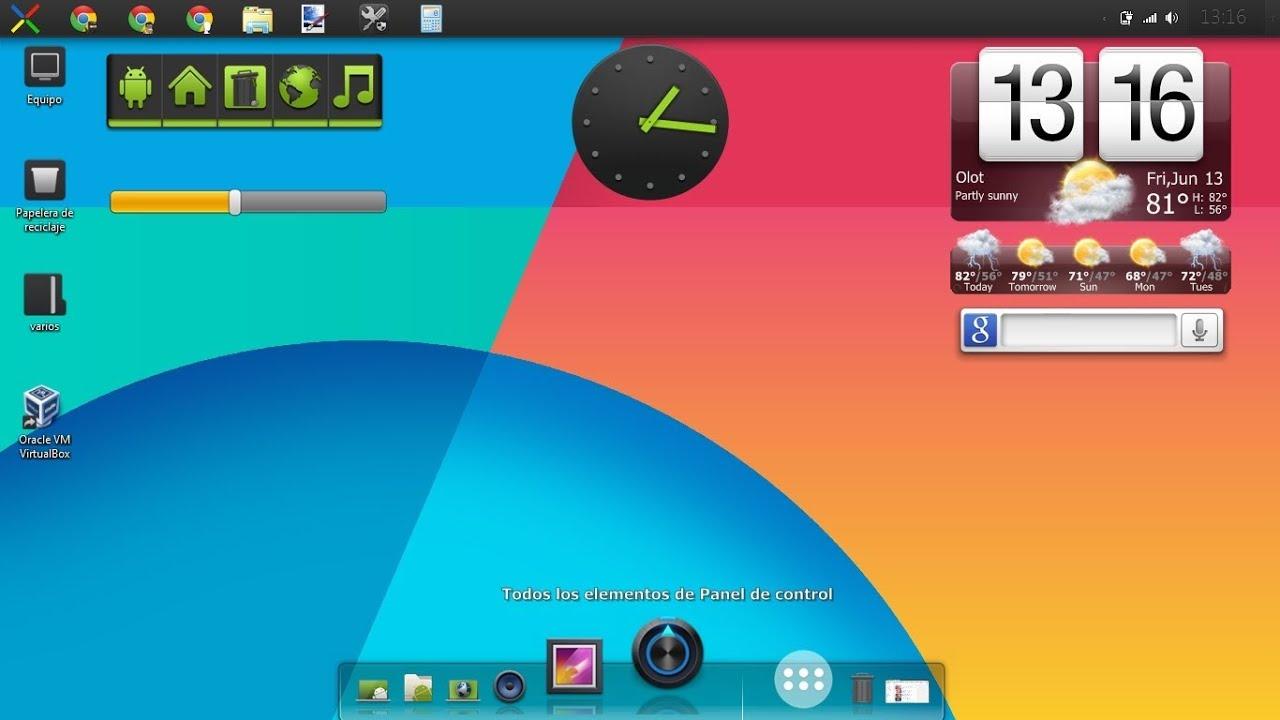
Preparations: Downloads and choosing a virtualizer
Start by download Android‑x86 ISO from the project site in your preferred version. The file will be something like 'android‑x86_64‑8.1‑r3.iso' for 64-bit Oreo, for example.
Then install your favorite virtualizer. VirtualBox It's free, cross-platform, and very simple. Its installer comes clean, free of bloatware, and you can simply click "Next" and that's it. VMware Workstation/Player (on PC) or VMware ESXi (bare‑metal hypervisors) are also great options for more advanced scenarios.
Check in BIOS/UEFI that VT‑x/AMD‑V is enabled. Without it, the VM will be very limited or won't even start. And if you use Windows 11 with WSA, remember that the 'Virtual Machine Platform' feature The system must also be active in this case, although here we will work with VirtualBox/VMware.
Have the ISO handy in an easy-to-locate folder. Avoid routes with unusual permits or network locations to avoid problems when mounting it on the VM.
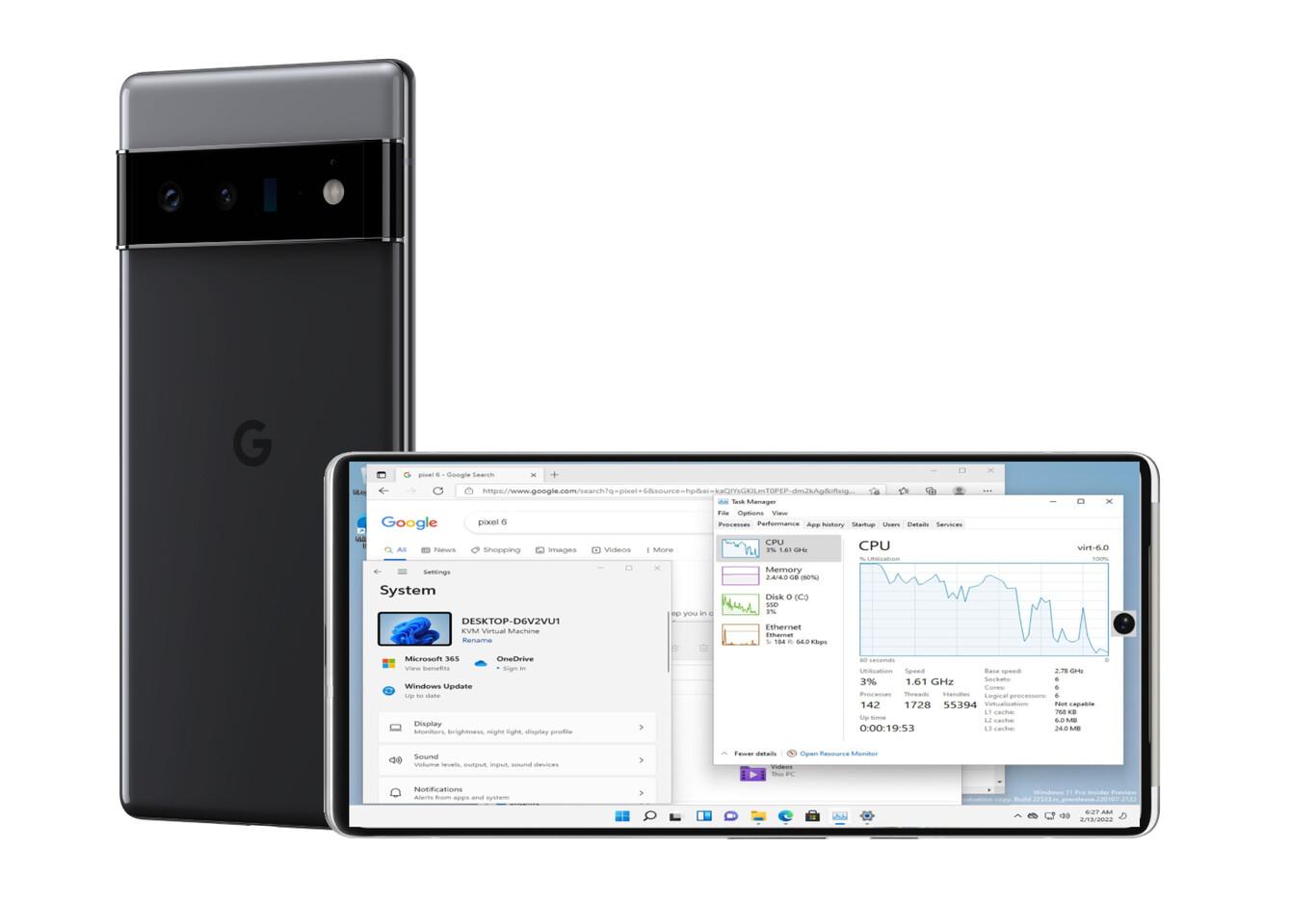
Creating the virtual machine in VirtualBox (fine-tuned configuration)
Open VirtualBox and click on 'New'. Enter a clear name, for example 'Android‑x86'. For 'Type' choose Linux and in 'Version' select Linux 2.6/3.x/4.x (32 or 64-bit depending on ISO). Keep it simple: this loads some base values that we'll refine later.
Allocate memory. The Android‑x86 team generally recommends 2 GB of RAM as a starting pointIf you have a host with plenty of RAM, you can go up to 3–4 GB; if you're short, stick with 2 GB to avoid overloading.
When creating the disk, choose VDI, dynamic size and 8 GB minimum. That's fine for installing the system, but if you plan on installing apps and files, better 16 GB or more. Dynamic sizing will only take up what you actually use on the host.
Before starting, go to Configuration of the VM and adjust: in 'System', assign 2 CPUs/threads if your host has Hyper‑Threading/SMT; this will prevent apps from crashing. Under 'Display', increase the video memory a bit, and if you don't have Linux Guest Additions, change the adapter to VBoxVGA (with VMSVGA without GA, many ISOs do not boot). 3D acceleration can be enabled, but Requires Additions and its effect may vary.
In 'Storage', mount the ISO to the virtual optical drive. In 'Audio', select Intel HD Audio to maximize compatibility. Under 'Network', the default setting (NAT) gives the VM Internet access; if you prefer Android to get the IP from your router, use bridge adapterIf problems arise, consult Common errors with VirtualBox.
Install Android‑x86 on VirtualBox step by step
Boot the VM and select the ISO if prompted. In the boot menu, choose 'Installation – Install Android‑x86 to harddisk'; this way you won't boot into Live mode.
The installer will ask you for a partition. Since the virtual disk is blank, enter 'Create/Modify partitions'. When asked to use GPT, He answers no For this simple scenario, the partition manager (cfdisk) will open.
In cfdisk, create a new partition with 'New' → 'Primary', accept the full size, mark it as 'Bootable', and write changes with 'Write' (Type 'yes' to confirm.) Exit the manager.
Back in the installer, you will see your partition ready to forma tear. Select it and choose ext4. Agree to install GRUB and allow '/system' to be reading and writing. After copying files, exit and restart.
The first time the system boots, complete the startup wizard: language, network connection, Google account (optional)If you prefer to do without the Play Store, you can install APKs or use alternative stores; Remember that many apps rely on Google services and may not function at 100%.
Optimization and solutions to common problems in VirtualBox
If the VM doesn't boot or you see a black screen, check the most typical things: video adapter in VBoxVGA when there are no Guest Additions, sufficient video memory, and the ISO is not corrupted. Sometimes, turn 3D on/off Mark the difference.
The mouse in Android emulates a finger. Complex multitouch is not supported and may feel unnatural in front of a mobile phone/tablet. If you use a touchpad on a laptop and notice any “skipping,” try enable or disable integration of pointer in the VirtualBox menu during the session.
The network usually works fine with NAT, but if the app you use needs to discover services on your LAN, the bridge adapter help. Also check that the host firewall is not blocking VirtualBox and that you don't use immutable mode of the system (in some distros this option causes problems with VMs).
For moving files between host and Android, basic VirtualBox is limited. Syncthing on both sides works great for syncing folders, and Telegram It is handy for passing specific documents.
Activate the developer options by tapping the build number 7 times in Settings → About. There you can reduce animations, view processes, and fine-tune performance. If you need to, you can also use a native linux terminal on Android for advanced tasks. In 3D apps, don't expect miracles3D support in VM is reasonable, but not as good as native.
Install Android‑x86 on VMware (Workstation/Player and ESXi)
In VMware, the process is similar: create a new VM with Linux family and version 'Other 3.x or later (64-bit)' if your ISO is 64-bit. Assign 1 vCPU/1 core (or more), 2 GB RAM, and 8–16 GB disk. Mount the ISO to the CD/DVD drive and select 'Connect at power-up'.
Install Android‑x86 with the same steps as partitioning with cfdisk, formatting ext4, installation of GRUB and '/system' as read-write. After rebooting, you might encounter a classic: Android doesn't have a graphical interface and remains a console..
Quick Fix: In the GRUB menu, select the first entry and press 'e' to edit. On the kernel line, replace 'quiet' by 'nomodeset xforcevesa'. Go back with 'Esc' and start that entry. With this, Android starts with a generic graphics mode.
To make it permanent, within Android open a console with Alt + F1 and run: create mount point '/mnt/sda', mount '/dev/block/sda1' there and edit '/mnt/sda/grub/menu.lst' with vi to change 'quiet' to 'nomodeset xforcevesa' in the first entry. Save with ':wq'. Upon reboot, you will no longer have to edit by hand.
Other notes for VMware: none Official VMware Tools for Android, so integration is limited. In the initial setup wizard, you may see a 'VirtWiFi' network; this is how Android represents VMware's bridged/NAT connection. Disable the screen sleep in Settings → Display if you are going to work for long periods of time.
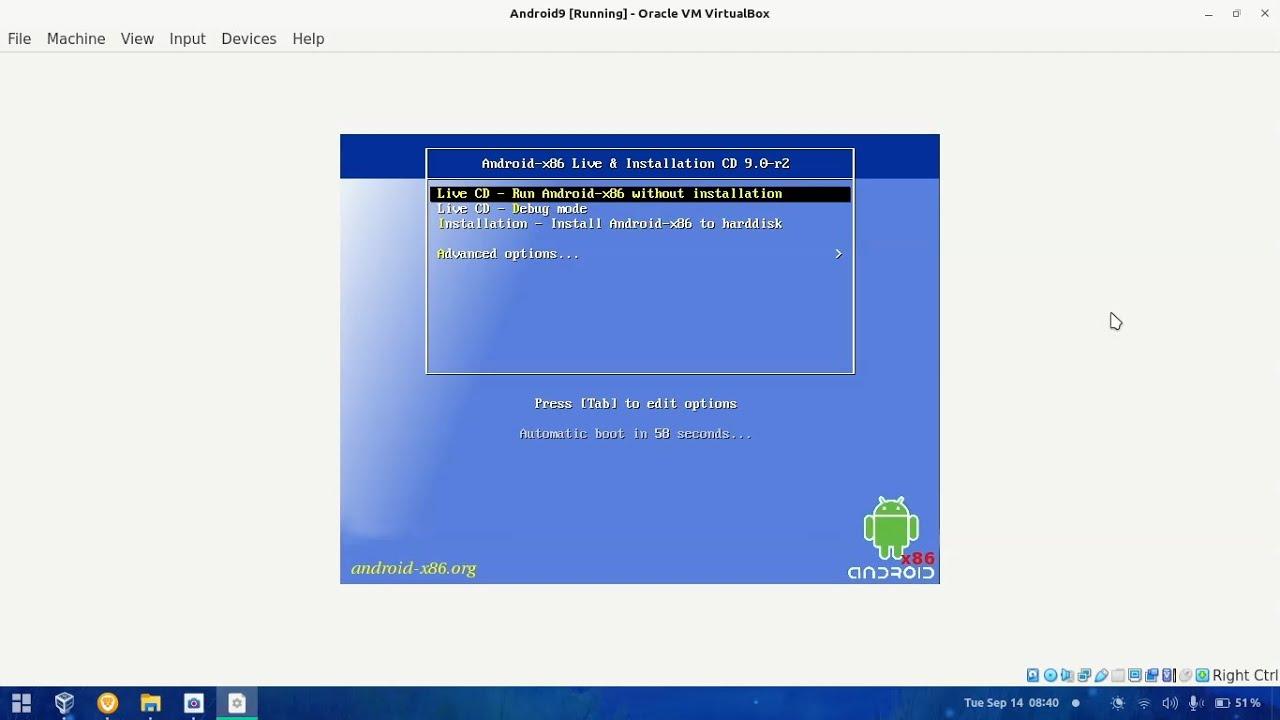
WSA on Windows 11 and other recommended alternatives
If you use Windows 11, you have the Subsystem for Windows for Android (WSA), which allows you to run apps without emulators. You need at least 8 GB of RAM, activate the 'Virtual Machine Platform' feature and download the Amazon Appstore from Microsoft Store.
Its big drawback is that only install what is available in Amazon Appstore. Even if you can load APKs, many apps fail because they rely on google servicesIt's convenient, but its ecosystem still falls short of a full VM or development emulator.
For pure development, the emulator Android Studio It's Google's official route, with updated device profiles and few limitations. However, consumes more resources and may be slower than Android‑x86 in VM on modest computers.
If you want native experience, there are projects like Phoenix OS (desktop-like interface and newer support on some branches) or Community ROMs (older CyanogenMod/LineageOS) for different devices, including Raspberry Pi. On Linux, you can also look Anbox or solutions on QEMU, according to your needs.
Is it better to install native or virtualize Android on your PC?
Installing to a physical partition may squeeze a little more out of the hardware, but you complicate the Boot, you give up Windows in parallel and you remain tied to the limits of drivers. Virtualizing, You lose a little performance and gain safety and comfort. (snapshots, cloning, rollback).
For everyday PC use, Android doesn't compete with desktop Windows or Linux in terms of ergonomics. Instead, for testing, running specific apps, or automating mobile tasks, a VM with Android‑x86 shines for its flexibility.
Practical tips and little tricks that save time
Before you start, save the ISO and VM to a SSD yes you can: the performance jump compared to an HDD when opening apps and moving around the system it is noticeable. If you are short on space, the dynamic disk VirtualBox helps to not take up more space.
If you need to copy/paste between systems, remember that Android on VM does not integrate clipboard like a desktop VM. Pull from cloud (Drive, Dropbox), syncthing or messaging solves almost everything without headaches.
On the network, NAT is minimal friction; for advanced testing with local services, bridge. And if an app doesn't appear in the Play Store or fails due to Google services, try install your APK from its official website or trusted repositories.
In the event of random app closures, it goes up to 2 vCPUs if your host allows itAndroid processes appreciate extra threads. If you see graphical glitches, toggle 3D On/Off and check the display adapter (VBoxVGA vs VMSVGA with Additions).
What you can do with Android in a VM
you can run Mobile apps that don't exist on Windows, test versions, take screenshots, record demos, automate tasks with tools like bike Bags or simply use messaging in a separate window. The Android‑x86 interface usually includes a desktop-style taskbar, making it easier to work with a mouse and keyboard.
For light gaming, it works well. For graphically demanding titles, the VM may fall short. If you just want to play the popular games without any technical complications, check out the best emulators y BlueStacks It is more plug-and-play and sufficient for many.
Where a VM really makes a difference is in development and QA: snapshots before each change, environment clones and the possibility of break things without fear. In VMware environments you can also back up the VM to repositories or clouds like Google Cloud.
Of course, remember that it's not a mobile phone: Sensors are missing, the camera may be simulated or nonexistent, and some apps won't behave the same. To validate 100% mobile experiences, the official emulator or a physical device remains the standard.
With all of the above, you have a clear route to mount Android-x86 in VirtualBox or VMware, fine-tune your configuration, and overcome common pitfalls. The project isn't perfect, but with the right version and a good CPU/RAM setting, ext4, GRUB and, if necessary, the 'nomodeset xforcevesa' trick, you'll be able to work with Android apps on your PC comfortably, securely, and without touching your main installation.
Passionate writer about the world of bytes and technology in general. I love sharing my knowledge through writing, and that's what I'll do on this blog, show you all the most interesting things about gadgets, software, hardware, tech trends, and more. My goal is to help you navigate the digital world in a simple and entertaining way.
